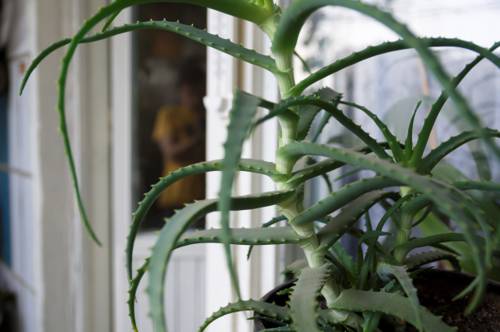
FAQ About Indoor Plant Phototropism and Adaptations

How often should I rotate my indoor plants to prevent phototropism-related bending?
Rotating indoor plants every one to two weeks is generally recommended to ensure even light exposure. This practice can help maintain balanced growth, preventing the plant from leaning strongly in one direction.
Other Questions About Indoor Plant Phototropism and Adaptations
- What is phototropism in indoor plants?
- How does phototropism benefit indoor plants?
- Can phototropism occur with artificial light sources?
- What role does auxin play in phototropism?
- Are all indoor plants equally phototropic?
- How can I encourage my indoor plant to grow straight instead of bending towards light?
- What are the signs that an indoor plant is not receiving enough light?
- Can indoor plants adapt to low-light conditions without phototropism?
- Is phototropism a permanent change in a plant's growth direction?
- What is the difference between phototropism and heliotropism?
- How often should I rotate my indoor plants to prevent phototropism-related bending?
- Do indoor plants need a specific type of light spectrum to maximize phototropism?
- Can phototropism be harmful to indoor plants?
- How do indoor plants sense light to initiate phototropism?
- Can phototropism be observed in all parts of a plant?
- What indoor conditions might inhibit phototropism?
- Is phototropism unique to indoor plants?
- Do all light sources equally affect phototropism in indoor plants?
- Can phototropism change over a plant's life cycle?
- How can I use phototropism to benefit my indoor garden?

Create new FAQ page, write FAQs and publish for your clients, friends, colleagues, visitors, students, customers, guests, neighbors, or yourself.
Create Your Own FAQ Page now